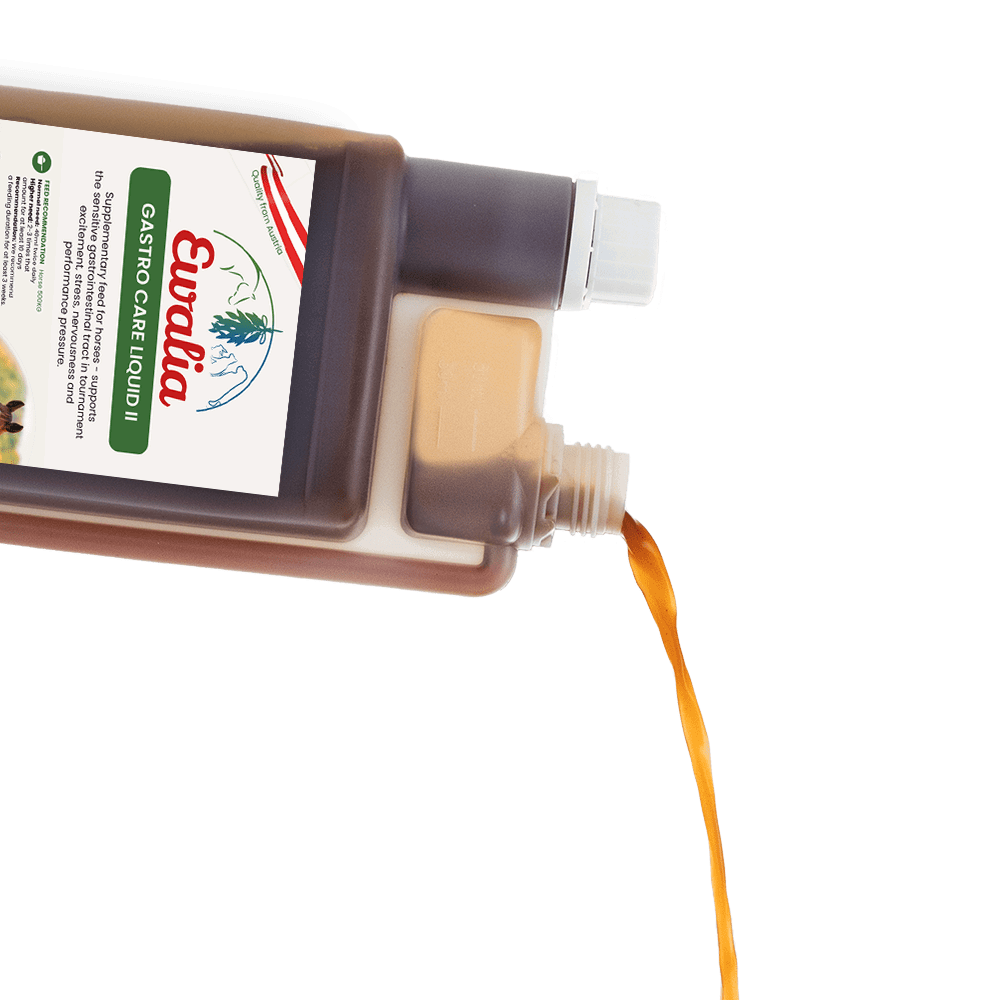Common Speedwell

Speedwell (Veronica officinalis) was once a popular healing herb that has since fallen out of fashion. That's unfortunate, because when combined with other herbs, this medicinal plant can really provide gentle help for sensitive stomachs and skin ailments.
Where does speedwell come from, and what does it look like?
Speedwell's native region is not known; today it grows wild throughout most of Europe. It prefers sunny patches near forests with humus-rich soils and also grows in meadows and along paths. This plant belongs to the Plantaginaceae family, and is therefore closely related to such prominent medicinal herbs as lamb’s tongue and broadleaf plantain. There are about 450 species of the genus Veronica world-wide.
The species used for medicinal purposes is V. officinalis (known as heath speedwell, common gypsyweed, common speedwell, or Paul's betony). Although speedwell provides thick ground cover, this small, inconspicuous plant is often overlooked until it displays its light blue or pale violet flowers. Speedwell can grow to about 15 to 20 cm in height. It has relatively broad, hairy leaves that are grey-green with a silvery tinge. The stem also has soft hairs and, in young plants, will still be close to the ground. Its flowering period is from July to September, with dense clusters of four-petalled flowers sprouting from individual pedicels. The above-ground part of the plant dies off in autumn, and the root stock is dormant in winter.
Germander speedwell (Veronica chamaedrys) grows in sunny spots. Its pedicels are much thinner than those of common speedwell. Its flowers are very similar to forget-me-nots, however the latter have five petals. Germander speedwell is rarely used medicinally because its effects are weaker than common speedwell.
How is speedwell used?
All of the parts that grow above ground are edible. The herb has a bitter, astringent taste and is not particularly aromatic, so it is not an important kitchen ingredient. The herb (Herba veronicae) and the flowers are harvested and dried in summer for phytotherapeutic herbal teas.
Speedwell was quite popular as an all-round medicinal herb in the Middle Ages. It was taken internally to treat lung diseases, epilepsy, liver and pancreas complaints, and poisoning. It was even said to be effective against leprosy and the plague. The herb was administered as an infusion or made into wine or vinegar. Father Sebastian Kneipp expressly recommended speedwell for coughs and gout. It was also applied externally to treat insect bites and scabs as well as to help wounds heal.
Today, because of its mild effects, speedwell is rarely used alone for medicinal purposes. However, it is an effective ingredient in herbal preparations made to treat stomach complaints, for example, combined with field pansy in external remedies to soothe itchy or irritated skin.
What are speedwell's active substances?
Along with bitter substances, tannins, and saponins, speedwell also contains aucubin, a secondary plant substance and iridoid. Aucubin is anti-inflammatory and soothes irritations. It also has antibiotic effects.
Through the taste receptors on the tongue, the bitter substances in speedwell promote the formation of saliva and gastric acid and support digestion by stimulating gastrointestinal activity.
It has recently been found that the skin also contains bitter receptors that initiate skin barrier formation.
The plant's saponins have anti-inflammatory, antibacterial, and mucolytic properties.
Its tannins are effective for treating slow-healing wounds and mucous membrane inflammations.
Both the leaves and flowers of speedwell are rich in vitamins and iron.
How can speedwell be used to treat horses and dogs?
Speedwell is quite effective against equine and canine stomach ailments. It protects the sensitive stomach lining and can help to heal gastric ulcers.
Speedwell is also added to creams and skin oils to relieve skin irritations, eczema, insect bites, and itching.
It has no known adverse effects.
Sources and further reading
- Länger, R., & Kubelka, W. (2020). Phytokodex. Von Ehrenpreiskraut: https://www.kup.at/db/phytokodex/datenblatt/Ehrenpreiskraut.html abgerufen
- Prentner, A. (2017). Heilpflanzen der traditionellen europäischen Medizin. Wirkung und Anwendung nach häufigen Indikationen. . Wien: Springer Verlag.
- Purle, T. (Dezember 2020). Kräuterbuch.de. Von Ehrenpreis: https://www.kraeuter-buch.de/kraeuter/Ehrenpreis.html abgerufen


















